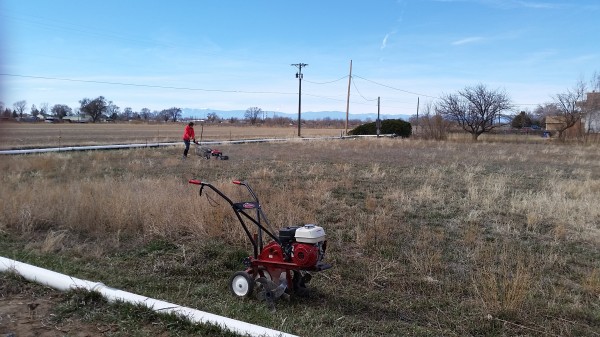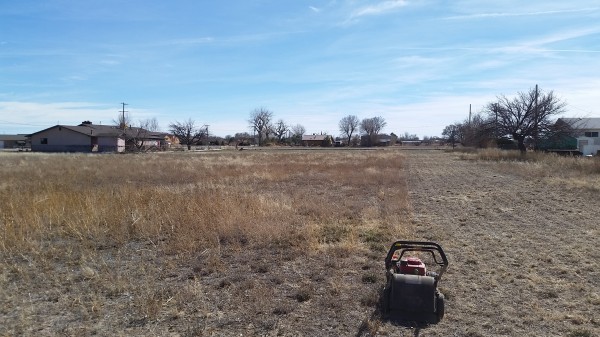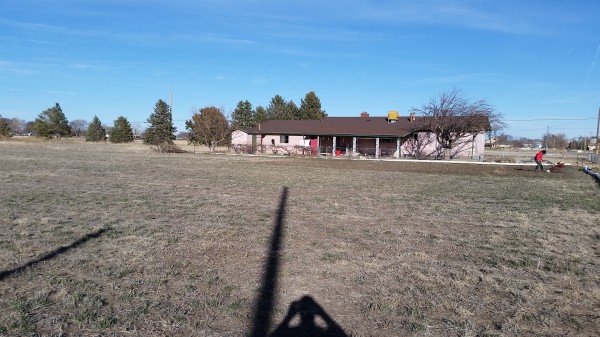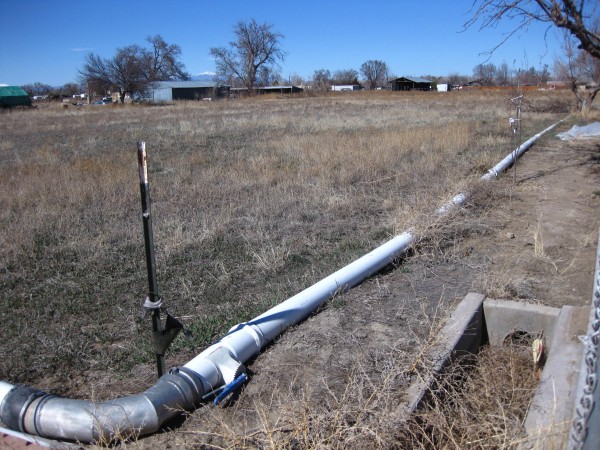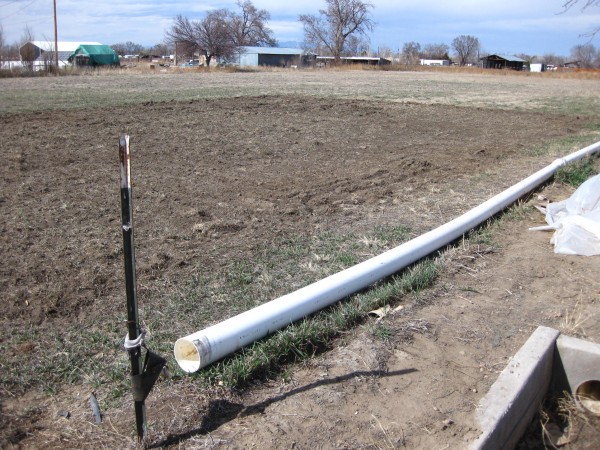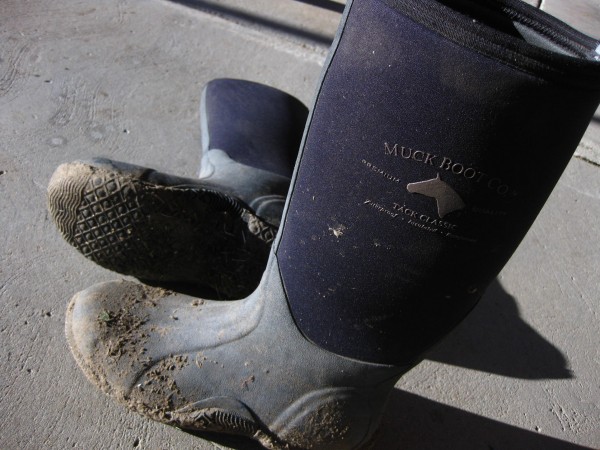Hello! It’s been a while since I posted something, and I hope all is well on your end.
My original Bubbie’s pickle knockoff recipe is a popular one, and here is another one you may enjoy. If you like the taste, but not the price tag, of Bubbie’s Bread & Butter pickles, try this out. I think I like mine even better.
I have been enjoying these for a couple years now, and most often these days I will blend these into a sauce thanks to my gastroparesis and global dysmotility. I just dump everything into the blender, juice and spices and all, and what comes out is a tangy, delicious pickle sauce! I always peel my cucumbers for this recipe though, because I think it tastes better to not have the peels.
Bubbie’s Bread & Butter Chips pickle recipe
3 lbs cucumbers
½ cup thinly sliced onion (about half of a medium onion)
3 TBSP canning/pickling salt, or regular table salt
2 cups white vinegar
½ cup water
1 cup granulated white sugar
1 TBSP whole yellow mustard seeds
1 tsp celery seeds
¼ tsp ground turmeric
1. Peel the cucumbers, and slice them ¼-inch thick. Crinkle cut is fun, but you can use a normal knife too.

2. Place the cucumber and onion slices in a large bowl and toss thoroughly with the salt. Transfer them into a colander, and place the colander over a smaller bowl so that they can drain freely and won’t sit in the salty cucumber liquid.

3. Let them sit at room temperature for 1 – 2 hours.
4. Discard the salty liquid that has collected in the smaller bowl, and rinse the cucumbers and onions under running water. Give them a good rinse, but don’t be totally thorough.
Divide the cucumbers and onions between two quart-sized canning jars.
5. In a medium saucepan, combine the vinegar, water, sugar, mustard seeds, celery seeds, and turmeric. Bring to a boil, and then pour this hot mixture into the cucumber jars, filling them nearly to the top. Stick a butter knife into each jar and jostle the cucumbers, freeing any air bubbles. If necessary, top up the jar with any remaining hot vinegar mixture.
Secure the lids onto the jars, but you won’t actually be canning them. Keep the jars on the counter to cool (I leave them overnight).
6. Once cool, transfer to the refrigerator. They will keep for at least 6 months.










